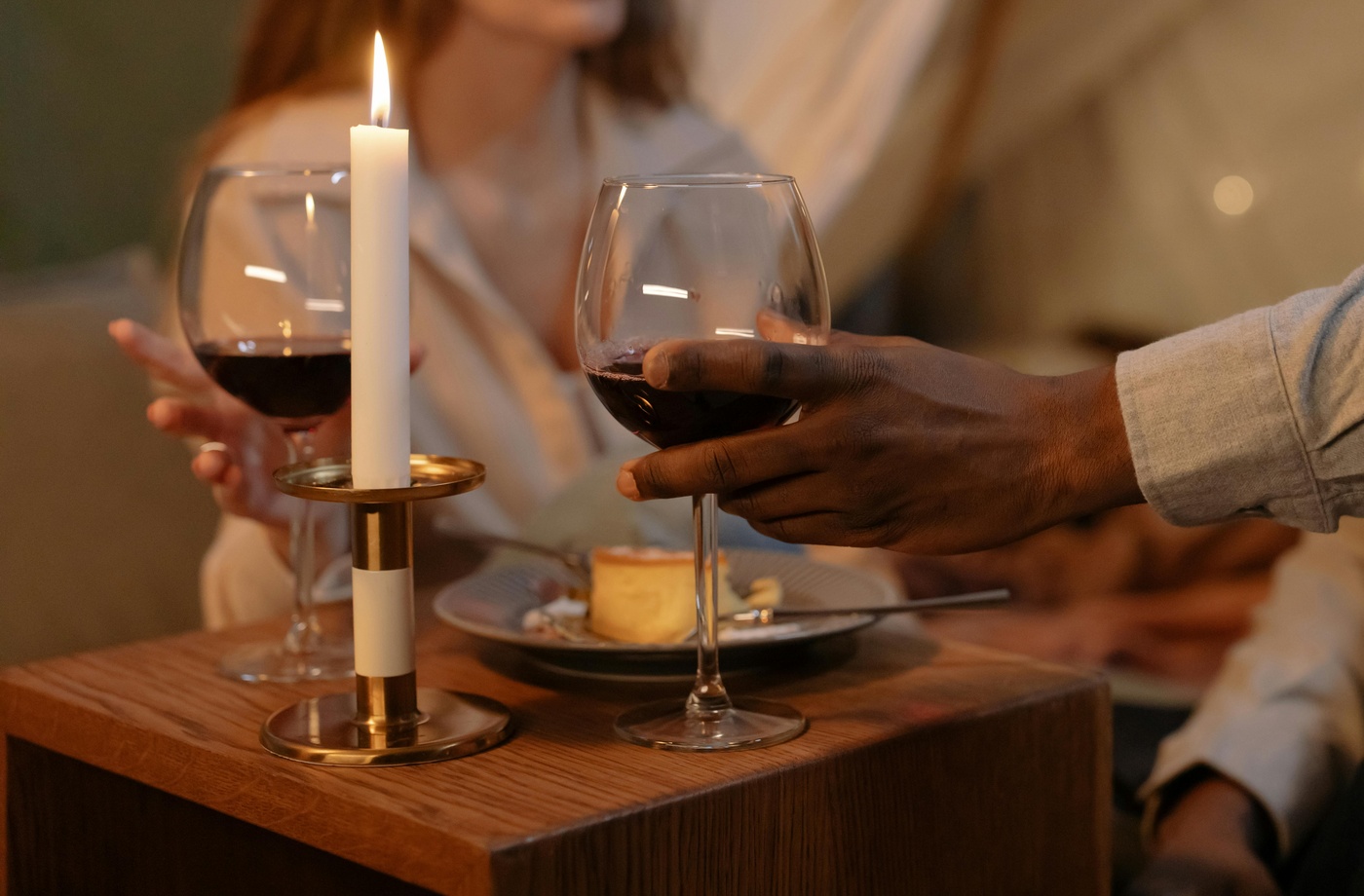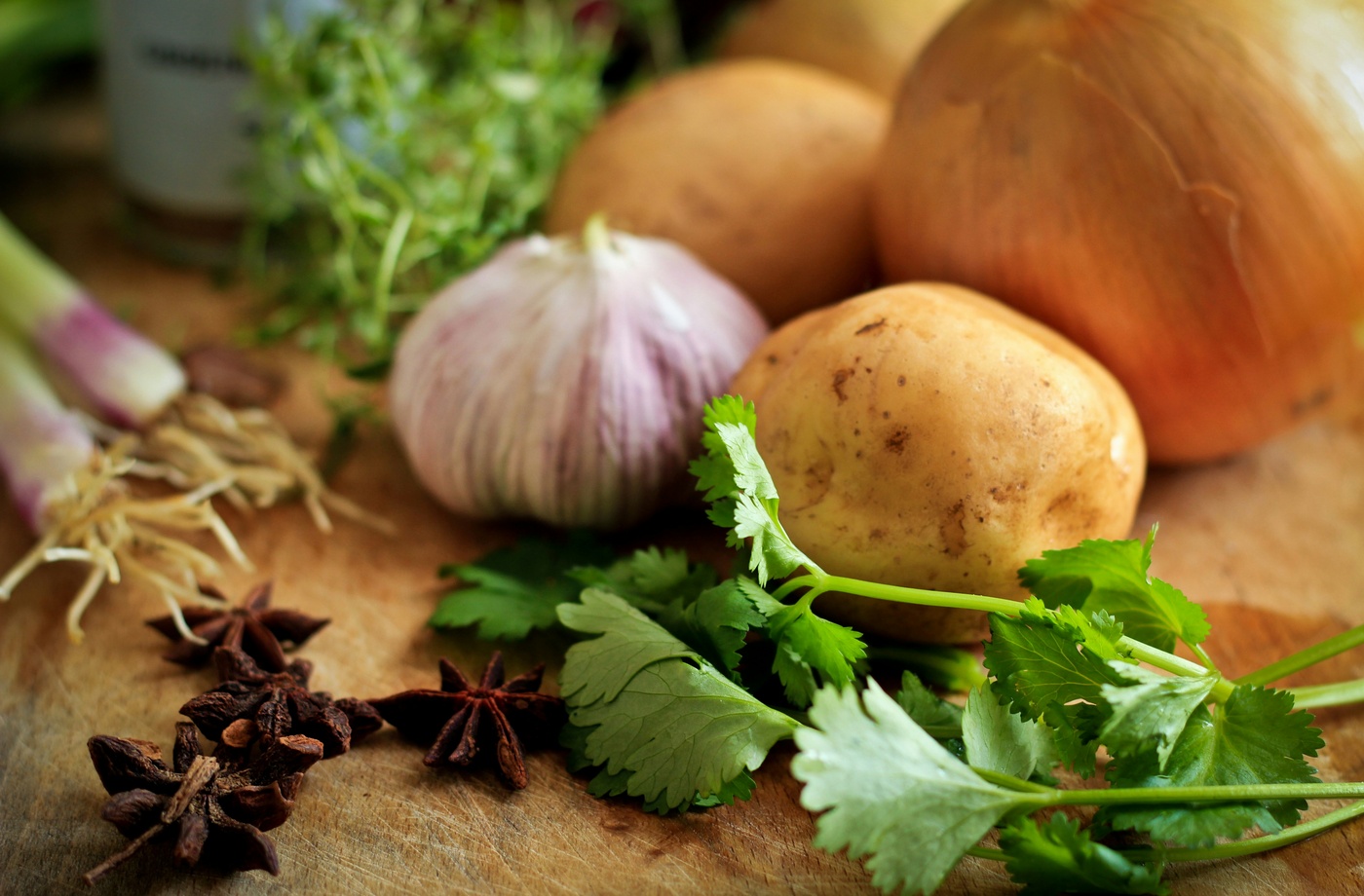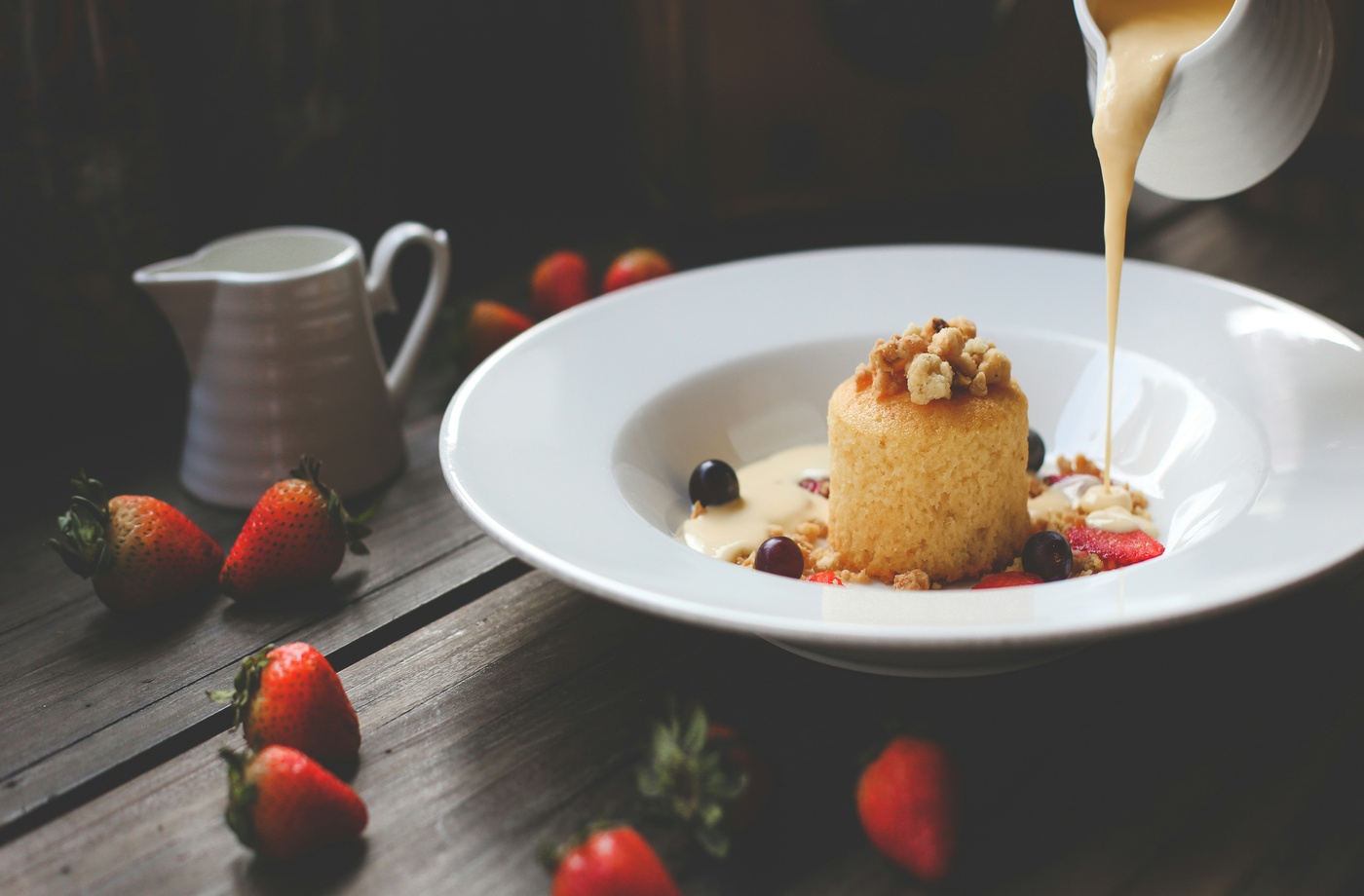Not all white tablecloths and prix fixe menus are created equal. While many establishments adopt the aesthetics of luxury, only a select few earn the designation of “fine dining.” But what exactly sets fine dining apart from upscale casual or trendy modern restaurants? Here’s a deep dive into the qualities that define the world’s most elevated dining experiences.
Impeccable Service: Anticipation Over Reaction
Service is the hallmark of fine dining. Servers aren’t just order-takers—they’re trained professionals who know how to anticipate needs, guide wine pairings, and describe dishes in detail without sounding scripted. In some venues, staff undergo weeks of training before ever interacting with guests.
Look for details like synchronized serving, crumb scraping between courses, or a sommelier who tailors wine recommendations to your palate. These aren’t just frills—they’re core parts of the fine dining experience.
Exceptional Culinary Technique And Presentation
Fine dining menus go beyond flavor—they are artistic expressions rooted in classical technique. You’ll often find multi-course menus with intricate plating, seasonal ingredients, and house-made components like fresh pasta, broths, or sorbets.
Dishes in fine dining restaurants frequently reference French culinary tradition or molecular gastronomy, depending on the chef’s influences. The execution is precise, from the sear on a duck breast to the foam on a seafood bisque.
Curated Wine Lists And Sommelier Programs
A defining element of fine dining is the wine program. These establishments typically offer extensive wine lists with global representation, including rare vintages, vertical collections, or organic and biodynamic options.
Many fine dining venues employ a certified sommelier, who ensures every bottle on the list complements the chef’s vision. Glassware, temperature control, and pairing menus are all carefully considered.
Ambiance And Atmosphere
Lighting, acoustics, music, and decor all play a vital role in creating a luxurious environment. Fine dining spaces are often intentionally designed to heighten the dining experience through mood and comfort.
Quiet conversations, low lighting, and elegant design elements contribute to an immersive atmosphere. Many top-tier restaurants also limit seating capacity to preserve intimacy and individualized attention.
Limited Menus And Seasonal Tasting Experiences
Rather than an exhaustive à la carte selection, fine dining establishments often present curated tasting menus or seasonal prix fixe offerings. This allows the kitchen to focus on fresh, locally sourced ingredients and cohesive culinary narratives.
Menus may change weekly or even nightly, depending on what’s in season or available from local purveyors.
Accolades, Consistency, And Reputation
Fine dining restaurants are frequently recognized by global ranking systems like the Michelin Guide, La Liste, or the World’s 50 Best Restaurants. These accolades reflect not only food quality but consistency, service, and creativity.
However, accolades aren’t the only indicators. A consistent local reputation, loyal clientele, and a chef’s pedigree also help define excellence.
Pricing And Reservation Experience
Fine dining prices often reflect the labor-intensive prep, exclusive ingredients, and service experience involved. Expect to pay for the atmosphere, talent, and exclusivity—not just the food.
Reservations may require deposits or prepayment, especially for tasting menus or chef’s tables. Some top restaurants use platforms like Tock to manage bookings for exclusive dining experiences.
Final Thoughts
Fine dining is more than just expensive food—it’s a cohesive, high-touch experience built on mastery, intention, and hospitality. From the sommelier’s pour to the last bite of a seasonal amuse-bouche, every element is designed to delight. Whether you’re celebrating a milestone or seeking culinary inspiration, recognizing what defines true fine dining helps you better appreciate the artistry behind it.




